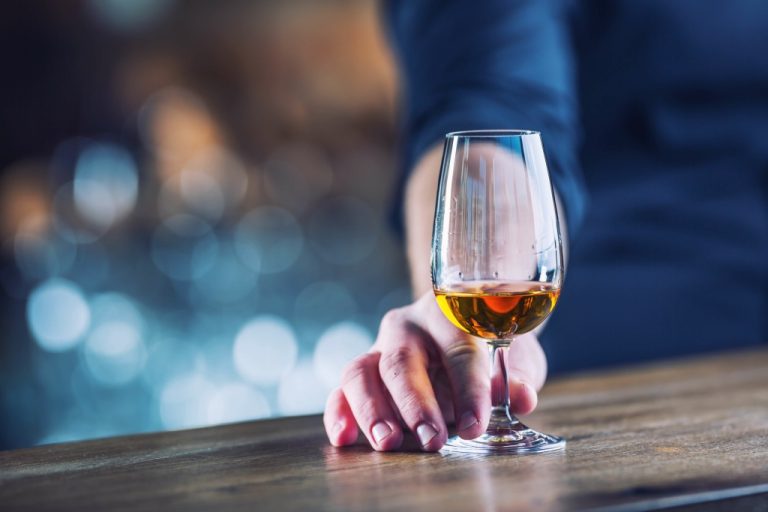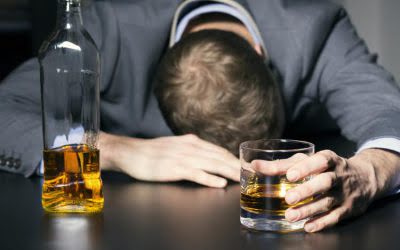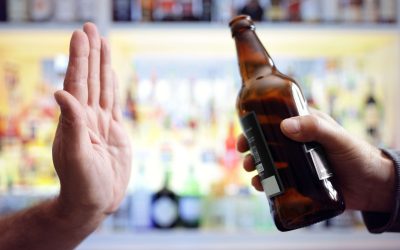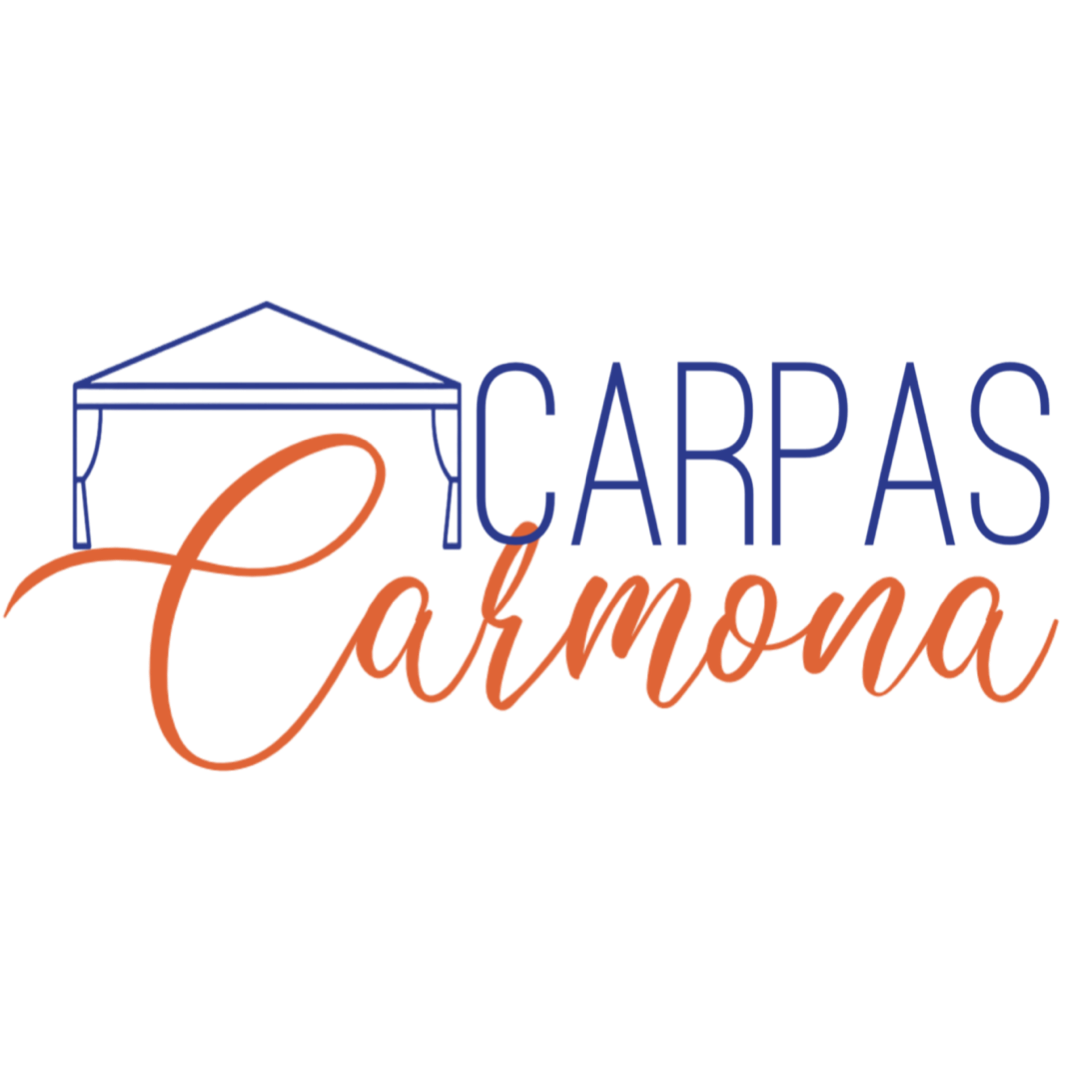A random effect model, a risk-of-bias assessment, and a series of sensitivity analyses were performed to address heterogeneity among the results. Finally, our study is the first to build dose-response relationships stratified by BMI. These results were based on a limited number of studies reporting sex- and BMI-specific risk estimates.
Things to Keep in Mind If You Choose to Drink
In addition, certain non-diabetic medications do not mix well with alcohol. Overall, alcohol consumption leads to less predictable blood sugar levels, and this can be a risk. In this article, we review recent studies on the association between alcohol consumption and the incidence of diabetes and suggested underlying mechanisms that is focused on insulin resistance. Furthermore, this review describes the appetite regulating peptides, particularly ghrelin and leptin, along with the brain-derived neurotrophic factor (BDNF) that have been proposed as the basis for promising new therapies for diabetes.

Connect with UF Health
Even for people who don’t have diabetes, drinking too much, too often, can be risky. The Centers for Disease Control and Prevention (CDC) and other federal agencies define that as one drink per day or less for women and two drinks per day or less for men. If you were consuming alcohol until going to sleep at 1 a.m., you could experience delayed low blood sugars throughout the rest of the night and in the morning.
Effects of Alcohol on Glucose Metabolism
Drinking alcohol in high quantities regularly can cause an increase in blood pressure. Furthermore, alcoholic drinks contain calories, and therefore can lead to weight gain. Drinking alcohol can exacerbate neuropathy by increasing pain and numbness. Each alcoholic beverage takes about 1-1 ½ hours to finish processing in the liver. So, if you have 2 Sober living home drinks, you double that time to 2 to 3 hours that you are at risk for low blood sugar.
ALCOHOL CONSUMPTION AND GLUCOSE METABOLISM

Heavy alcohol consumption increases ROS production and may be a mechanism of pancreatic β-cells dysfunction in T2DM. The reason is that ROS production is one of the earliest events in glucose intolerance, through mitochondrial dysfunction. Further, β-cells are very sensitive to oxidative stress 30.

- But even those who have type 2 diabetes who take medication may be vulnerable to hypoglycemia unawareness, even though their blood sugar levels are more likely to skew high than low.
- Also, “light” and “low carb” are pretty much the same thing — and also your best bet.
- ALWAYS consume alcohol with a meal or snack that contains carbohydrates.
- If your drink of preference leans towards fruity or highly sweetened cocktails, on the other hand, even a couple of these drinks enjoyed regularly can contribute to weight gain.
- However, the organization recommends that females with diabetes limit their consumption to one drink per day and males limit their consumption to two drinks per day.
- Some medications are not suitable for use alongside alcohol consumption.
Alcohol dependent subjects were found to have decreased plasma BDNF levels and impaired insulin resistance, which is a major pathogenic feature of T2DM. This might indicate that BDNF may be linked to the pathophysiology of T2DM after alcohol use. The decision to include alcohol in your life with diabetes is a personal one. Talk with a healthcare provider or diabetes educator about how to safely weigh the risks and benefits.
- This might indicate that BDNF may be linked to the pathophysiology of T2DM after alcohol use.
- At this point, alcohol can affect blood sugar in ways that are especially important for people with type 2 diabetes.
- This tends to lower your blood sugar while you’re drinking, especially if you’re not eating.
- Make sure you have an eating strategy in place to avoid overeating and over-drinking in social situations.
- Blood glucose, alcohol, and insulin were measured throughout the evaluation.
The 10 Best Types of Alcohol for People with Diabetes
Limit your intake of alcohol to no more than one serving per day for women, and no more than two servings per day for men. The best types of alcohol for people with diabetes are those with low sugar or carb content. That includes light beers, red and white wines, distilled spirits, and low carb cocktails if you avoid sugary juices or syrups. Drinking just gets more complicated when you consider the immediate impact that “carby” beverages have on your blood sugar levels. Alcoholic drinks can cause both blood sugar rises and blood sugar drops, making it important to think cautiously and plan ahead.
In our third sensitivity analysis, we used a one-stage dose-response meta-analysis as an alternative modeling approach and compared it with the results obtained with the methods described above (26). Typically beers, lagers, wines, sherries and liqueurs will have this effect. However, alcohol inhibits the liver from turning proteins into glucose which means you’re at a greater risk of hypoglycemia once your blood sugars start to come down.
And C.P.; visualization, L.L.-F.; writing—original draft, L.L.-F., T.C., C.K., and C.P.; and writing—review and editing, all authors. All authors have read and agreed to the published version of the manuscript. Is the guarantor of this work and, as such, had full access to all the data in the study and takes responsibility for the integrity of the data and the accuracy of the data analysis. All statistical analyses were conducted using meta (27) and metafor (21) packages for the main analysis and dosresmeta (26) for the third sensitivity analysis, in R software, version 4.2.1.
For this reason, you should never drink alcohol when your blood glucose is already low. No alcohol is completely off-limits for people with diabetes. You are probably better off, however, if diabetes and alcohol you choose drinks that have fewer carbohydrates, such as light beers, dry wines, and seltzers. Avoid drinks that contain sweet mixers or juices, such as a margarita or tequila sunrise. Drinking alcohol can reduce your liver’s ability to regulate the release of carbohydrates into your bloodstream. When this happens, your blood sugar can drop too low, which is known as hypoglycemia.

Comentarios recientes